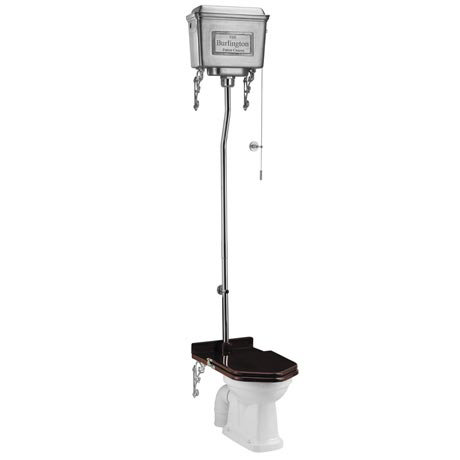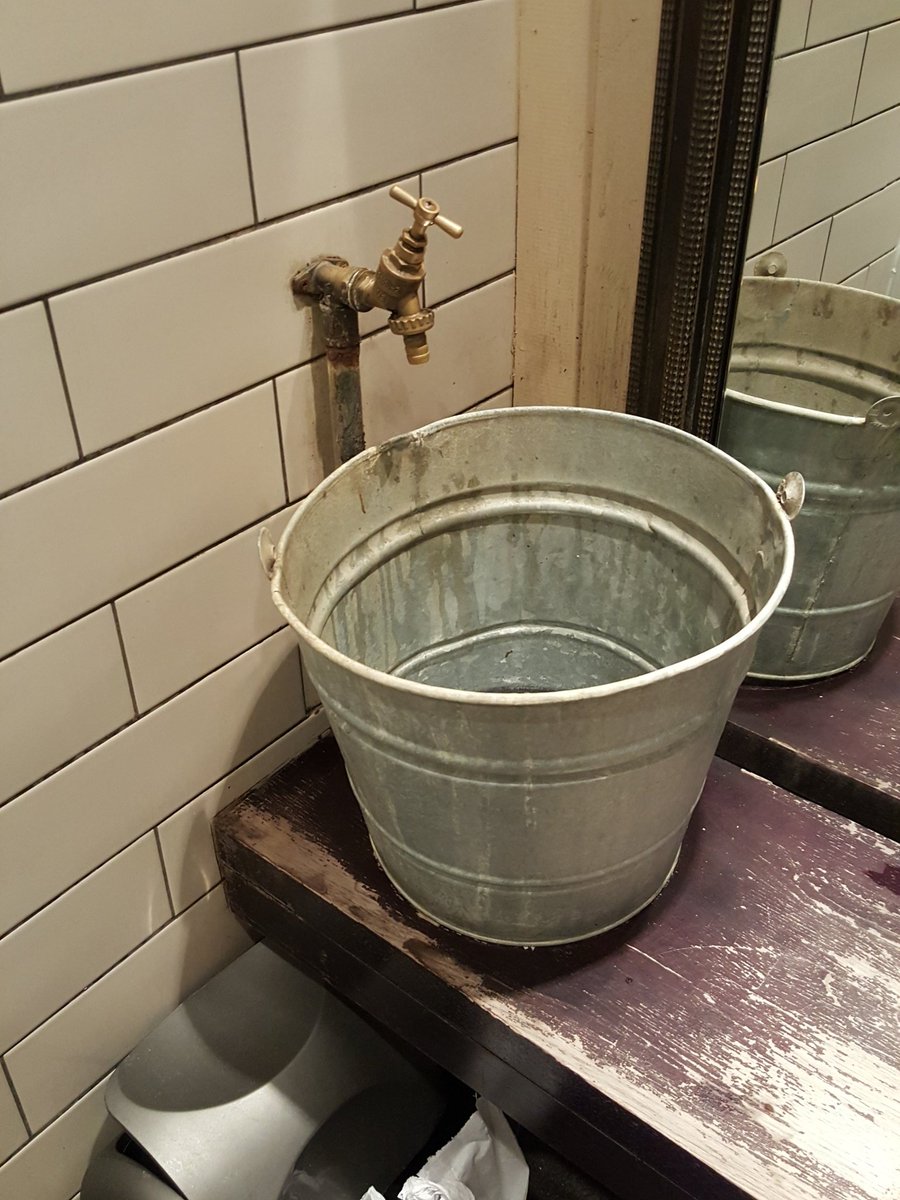I'm a fan of good food and good coffee. Increasingly in cities from London and Manchester to Chicago or Berlin I've noticed a trend in restaurants and cafes to install retro/ hipster bathroom fittings. There are even articles dedicated to venues where the "bathroom may be cooler than the food". These design trends are also beginning to make their way into the domestic market.
Often these are not water efficient. In this blog I explore the trend, how we can still have interesting spaces and maintain water efficiency, and actions needed from the water efficiency community.
Following on from this theme, check out the SaveWater South East Blog "FOLLOW THE LATEST FASHION TREND…SAVING WATER"
Often these are not water efficient. In this blog I explore the trend, how we can still have interesting spaces and maintain water efficiency, and actions needed from the water efficiency community.
Trends towards less water efficient retro bathroom fittings
Toilets
Having been involved with studies auditing the range of toilets in the UK I know there is a wide range in flush volumes. The highest of these tend to be chain flush high level toilets from the Victorian era. Unfortunately, these are also very fashionable in retrofits for restaurant and cafe chains. From some initial research it is clear that many of these are for sale, however they rarely state their specified flush volumes. This is another reason why we need to see more progress on the Water Label in the UK and ensuring that new restaurants and cafes look for more sustainable solutions.
Is there an efficient option? After further investigation I found that there are water efficient models for sale also. For example the Burlington High Level Toilet below has a 6 litre main flush from pulling down on the rod along with a 3 litre flush by pushing up on the rod. As with existing dual flush toilets, this needs to be clearly communicated to customers to enable behaviour change and using the correct flush option.
Urinals
One of the big areas of progress in water efficiency technology has been the move to waterless urinals. However, these are often being overlooked for more "rustic" approaches using water to flush. An example at the extreme end is a whole room dedicated as a waterfall to flush the urinal. Others are flush based around interesting objects like those below.
"Over half of ‘domestic’ water used
in commercial premises can be due
to urinals operating without flush
controls" WRAP
Is there an efficient option? Waterless urinals are standard fittings for most non-domestic bathrooms and are a proven technology that can reduce water use by up to 90%. To create interest in restaurants and cafes there are many examples that have integrated design around the urinal or even computer games (below).
There is another general trend away from urinals as more venues have mixed gender/ gender-less toilets, which places a greater need on having efficient toilets.
Taps
One trend is to move away from taps at all and to have open copper pipes with valves to control the flow (see below right). Another trend is moving away from timed push button or sensor taps to traditional screw taps. Both of these trends increase the water consumed per bathroom use for patrons and staff.
Is there an efficient option? The abundance of timed and sensor taps provides many opportunities to make a design statement without compromising on water (and linked energy) efficiency. Additionally, product manufacturers could look to create aerated/ spray outlets for these new copper pipe style systems and integrate sensor/ timed controls into these also.
What can we do?
Sustainable Restaurant Association - Water saving is one of the 14 key areas of sustainability assessed by the Sustainable Restaurant Association for their rating scheme. There is an opportunity to provide better information and advice to new restaurants and cafe's to ensure they implement water efficient solutions.
Restaurant/ cafe users can also raise awareness by taking photos and commenting on social media/ providing written feedback on the need to increase water efficiency. It would be interesting to survey new restaurants on their awareness of water efficiency and the fittings/ fixtures chosen.
Water Label - Having a stronger water labelling scheme in the UK could be linked to the above sustainable restaurant rating, where those who quality must install fittings and fixtures at a certain level of water efficiency. We need to ensure architects and designers are aware of water efficient options and work with them to get the best from style and practical use. Product manufactures have a role to innovate to ensure water efficiency keeps pace with new design styles.
Government requirements/ local planning permissions - for new buildings there are standards in place for water efficiency through BREEAM and other systems. However, there needs to be greater advice given to new developments on water efficiency. Retrofits prove a challenge as there are less standards in place, however these also provide perfect opportunities for reducing water use. WRAP have developed a guide to achieving water efficiency on projects, however this also required improvements to the water label to enable procurement of water efficient devices.
At the other end of the spectrum - We could just have restaurants themed around toilets like the one below in China. Good for raising awareness on #worldtoiletday and from the photos it looks like they are all dual flush!
Following on from this theme, check out the SaveWater South East Blog "FOLLOW THE LATEST FASHION TREND…SAVING WATER"












